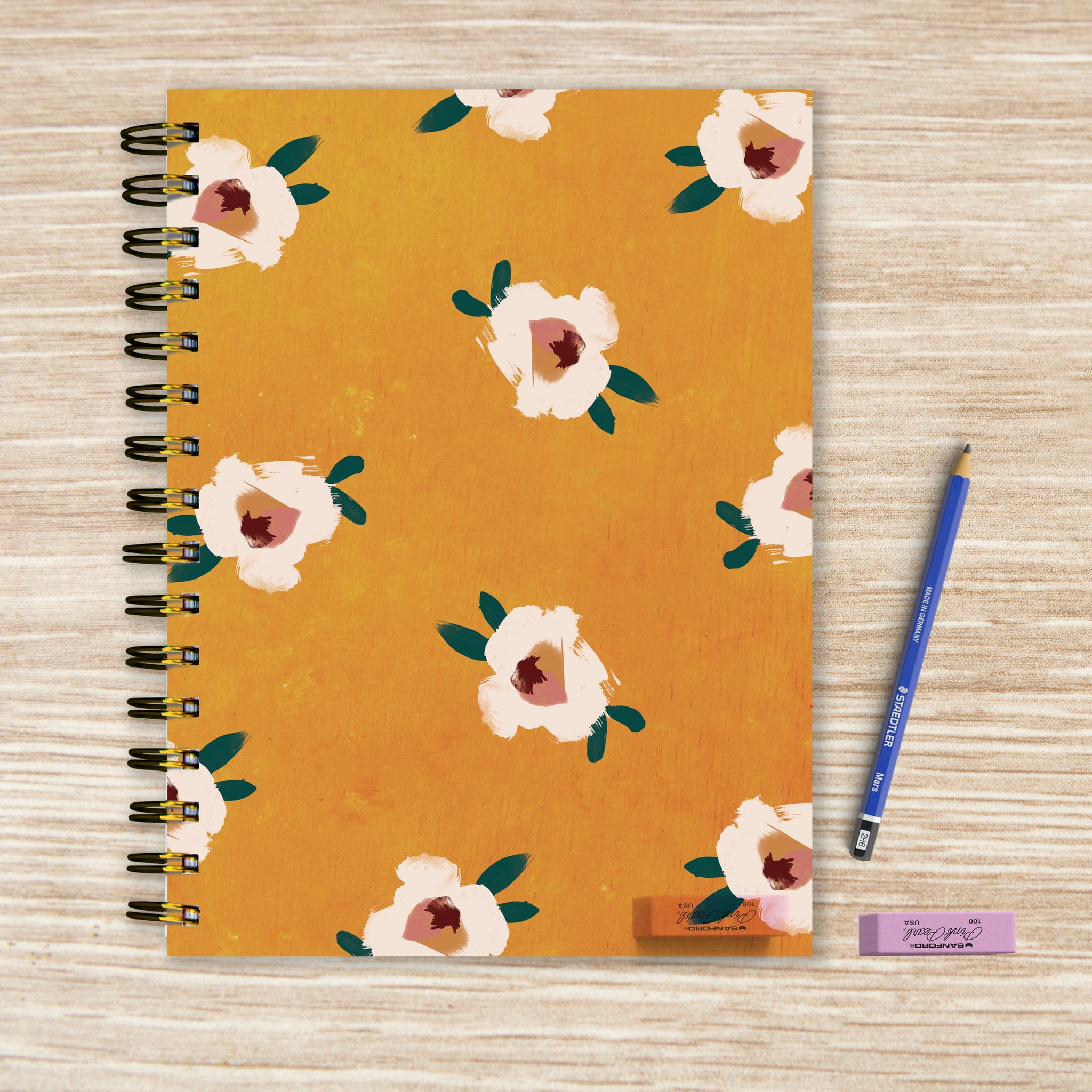

Also referred to as dot grid or dotted journals, Bullet Journals use a grid of dots rather than the traditional lines found in many notebooks. However, the purpose and intent are often to document personal experiences, ideas, thoughts, and feelings.Ī Bullet Journal, despite the name, more closely resembles a notebook or daily planner than it does a journal. The writer is more concerned with accuracy than with drawing conclusions, making observations, or analyzing an event.Ī journal entry, like a log entry, may be in chronological order. Little, if any, thought is given to reflection. With a log, the purpose and the intent of the writer are to document specific facts. Logbooks provide a record of events with even less introspection and reflection than you might find in a journal or diary. Journal vs LogĪ log is a record of events or daily occurrences as they happen (usually written in chronological order). If you’re interested in seeing how others have used their journals, then take a journey through the past by reading some famous journals that are now published. In contrast, someone using a journal usually wants to record their feelings and thoughts about life or an event. This reflection helps to shape and mold their feelings, opinions, and thoughts about the events they are writing about. In reality, most people who use a diary probably include some reflection and introspection in their writings (even if it’s done unconsciously). To some, writing in a diary is a way to record the events of their lives - not a tool for personal growth and development. They are not as strongly associated with the ideas of introspection and self-reflection.

Diaries are typically used to document events from a more factual vantage point. While journal and diary are synonyms, there is a subtle difference between their uses. Similarly, there’s often confusion about other books such as diaries, logs, and bullet journals. You’re more likely to see page numbers in a notebook, whereas a journal may include slots to enter a date.īecause the differences between notebooks vs journals are subtle and somewhat arbitrary, there is plenty of confusion about the topic. Another physical element that may hint at the intended function of a book is page numbers.

Students and teachers often seek this feature out intentionally. This is a helpful feature for organizing content and allowing a single notebook to be used for multiple purposes. They allow the writer to express their inner thoughts without the risk of judgment or embarrassment.Įlements sometimes included in notebooks, but rarely in journals, are subject dividers. They are convenient conduits for feelings and emotions, and they can help with processing your feelings. Journals are about writing for yourself, and there are a lot of benefits to journaling. People tend to use notebooks for school, work, or organizational purposes (think to-do lists, goals, etc.). Notebooks, however, are used for more general purposes. Journals are often used to write about intimate and private matters such as feelings, self-reflection and other topics too sensitive to share with others. Once I explain the benefits of writing by hand (and throw in that I also sell adult coloring books), they seem to come around.īut after we get deeper into the conversation, a common second question is, “What’s the difference between a notebook vs a journal?”Īs a general rule, journals are used for personal writing and notebooks are used for organization. When people find out I publish and sell notebooks and journals, I usually get the same response: “Isn’t everything digital now?” Yes, there are plenty of options for digital planners and accessories these days for those who need something digital, but there are many people who still prefer a pen and paper.


 0 kommentar(er)
0 kommentar(er)
